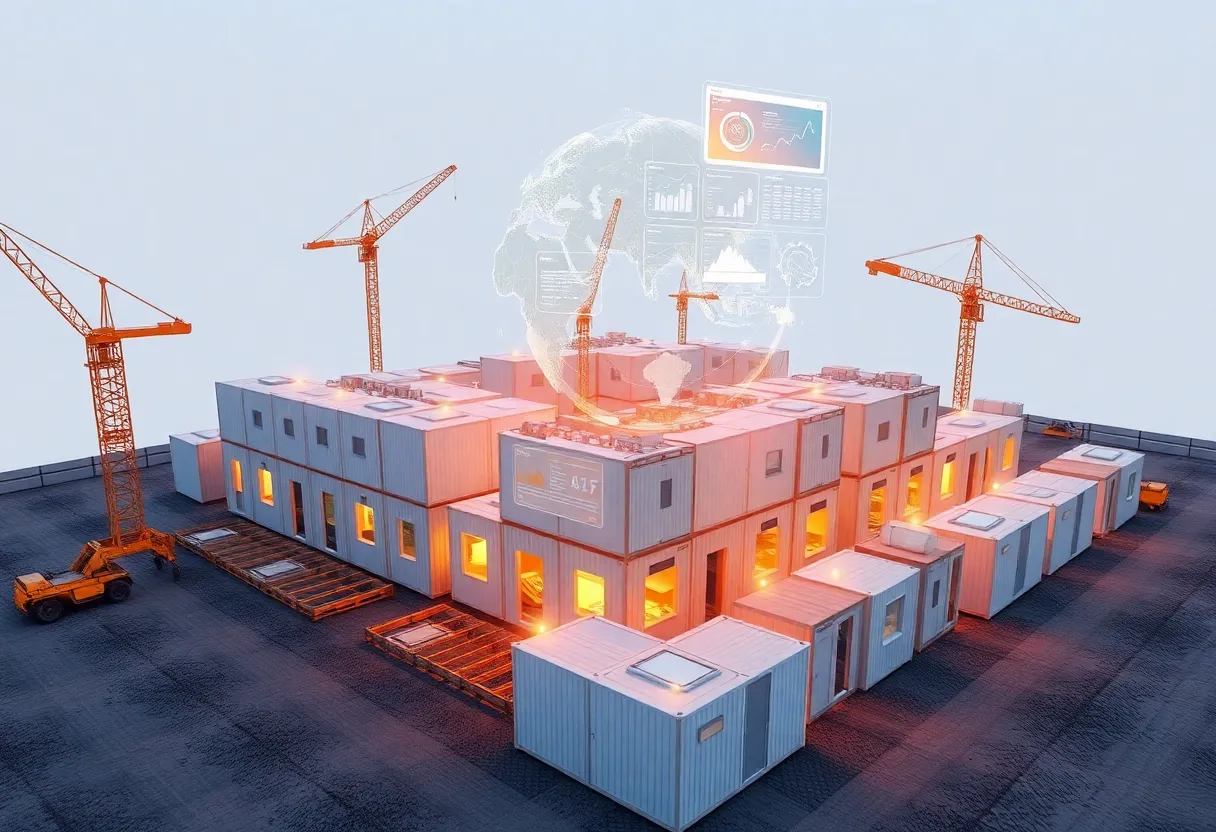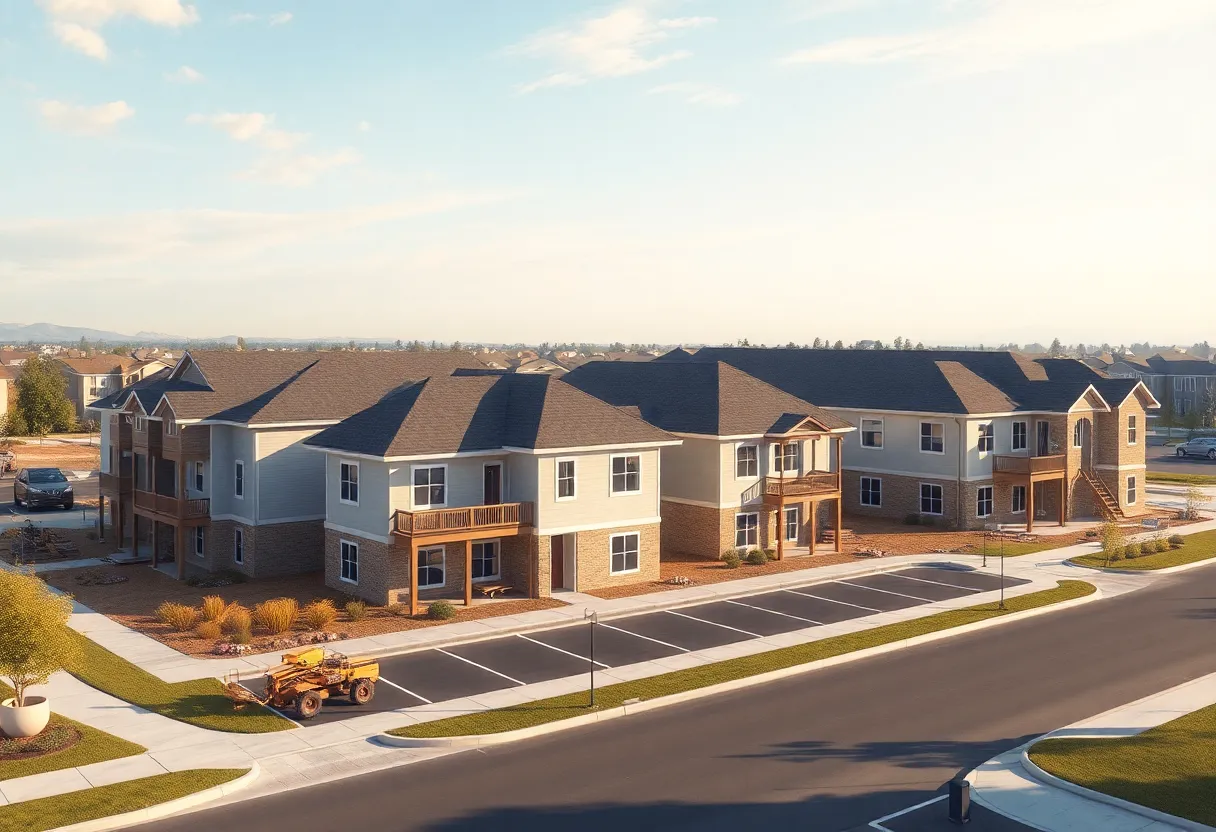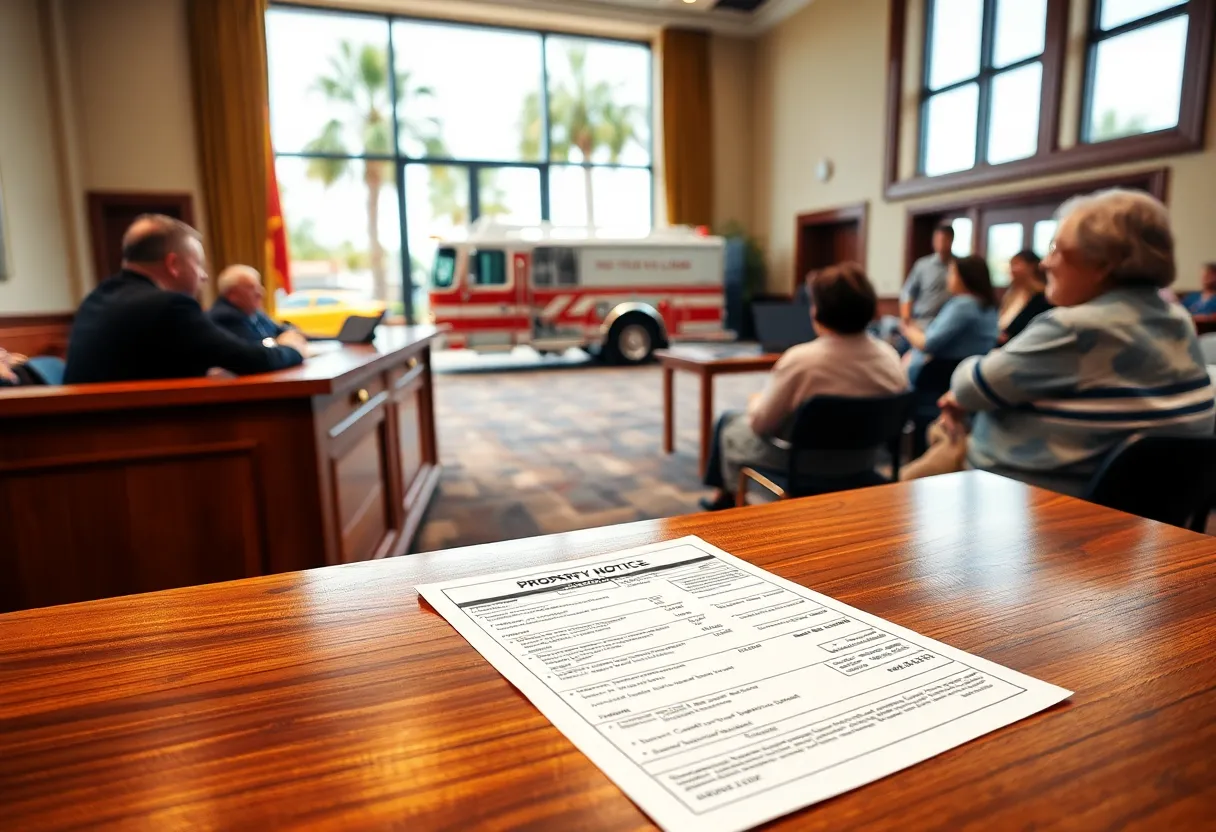Ansan, South Korea, August 15, 2025
News Summary
A research team at Hanyang University ERICA has developed a digital twin–enabled facility management system (DT-FMS) tailored for relocatable modular buildings. The framework integrates BIM, IoT and GIS across three layers—physical, digital and service—to enable real-time monitoring, lifecycle performance analysis, logistics simulation and decision support for module distribution and reuse. A field case using a relocatable modular school project in South Korea demonstrated improved management efficiency, better-informed relocation planning and enhanced potential for circular reuse. The study highlights needs for platform interoperability and workforce training to scale digital twin solutions in modular construction.
Digital twin‑based facility management framework for relocatable modular buildings unfolds as a three‑layer system integrating BIM, IoT and GIS
A recent development from a research team led by Associate Professor Yonghan Ahn at the School of Architecture & Architectural Engineering, Hanyang University ERICA in South Korea, introduces a digital twin–enabled facility management system (DT‑FMS) designed specifically for relocatable modular buildings (RMBs). The framework brings together BIM, IoT, and GIS to enable real‑time monitoring, performance analysis, and logistics simulations across a RMB’s lifecycle. The work also highlights how digital twins can serve as a digital replica of physical assets to support data‑driven decisions, with emphasis on monitoring and optimization across multiple project cycles.
Overview of the DT‑FMS concept
The DT‑FMS is structured to support ongoing management of RMBs from initial deployment through reuse or relocation. Its aim is to streamline how modular units are tracked, controlled, and evaluated as assets evolve over time, reducing waste and maximizing value across repeated construction cycles.
Three interconnected layers: physical, digital, and service
The framework is organized into three but interconnected layers:
- Physical layer focuses on real‑time tracking and communication among physical components such as resources, modular units, and people, including stakeholders, engineers, and workers.
- Digital layer encompasses modeling tools, data integration, and analytics to transform sensed data into actionable insights.
- Service layer enables users to monitor, control, and interact with the DT framework and supports decision making throughout the building lifecycle.
Technology integration: BIM, IoT, and GIS
The framework leverages BIM for robust three‑dimensional modeling and building information; IoT supplies real‑time sensor data that feeds ongoing performance and condition monitoring; and GIS offers essential geographic context and supports logistics of modular units, aiding location‑based decisions and planning.
Case study and practical outcomes
A targeted case study applied the DT‑FMS to a relocatable modular school system in South Korea to demonstrate practical use. In this application, the DT‑FMS supported improved decision making for module distribution and reuse, resulting in enhanced management efficiency across the project lifecycle.
Implications for circular economy and lifecycle management
Researchers emphasize that digital twins can promote a circular economy by enabling reuse, reconfiguration, and optimal relocation of modular units, thereby minimizing waste and maximizing value through repeating project cycles. This perspective connects the DT‑FMS to broader sustainability goals in modular construction.
Publication context and key details
The DT‑FMS framework is presented in a study led by Truong Dang Hoang Nhat Nguyen and colleagues in Automation in Construction (2025). The lead research team is cited as including Yonghan Ahn from Hanyang University ERICA and a contributor, Dr. Dennis Nguyen. The paper is identified by the DOI 10.1016/j.autcon.2025.106249. The page describing the work notes that the article underwent an editorial review process and that content was fact‑checked and proofread. It also mentions that the summary on the page was automatically generated, reflecting an automated synthesis provided by the hosting platform.
Additional context and data notes
The article page includes reader interaction features such as sharing options and a public comments section, and it outlines privacy and cookie practices common to the hosting site. While the main focus remains the DT‑FMS concept, the page situates the work within a broader discourse on modular construction and its market dynamics, as reflected in various related industry and research discussions on modular techniques, logistics, and lifecycle considerations.
FAQ
- What is the purpose of the digital twin–enabled facility management system (DT‑FMS)?
- DT‑FMS is a digital twin‑based framework designed to manage relocatable modular buildings by integrating BIM, IoT, and GIS to enable real‑time monitoring, performance analysis, and logistics simulations across the building lifecycle.
- Which technologies are integrated in DT‑FMS?
- DT‑FMS integrates building information modeling (BIM) for 3D modeling and data, the Internet of Things (IoT) for real‑time sensor data, and geographic information systems (GIS) for geographic context and logistics support.
- What is the scope of the case study mentioned in the study?
- The case study focuses on a relocatable modular school system in South Korea to demonstrate practical application and decision‑making improvements for module distribution and reuse.
- What are the potential sustainability implications of this framework?
- The framework highlights the role of digital twins in promoting a circular economy by enabling reuse, reconfiguration, and optimal relocation of modular units, reducing waste and maximizing value across repeated project cycles.
- What is the publication and where can more details be found?
- The framework is described in a 2025 paper in Automation in Construction with the DOI 10.1016/j.autcon.2025.106249, authored by Nguyen et al. The article notes editorial and review processes and provides context for the DT‑FMS development.
Key features table
| Feature | Description |
|---|---|
| Core concept | Digital twin‑enabled framework for RMB facility management combining BIM, IoT, and GIS |
| Lifecycle scope | Real‑time monitoring, performance analysis, and logistics simulations across a RMB lifecycle |
| Layered structure | Physical layer for tracking, Digital layer for modeling and analytics, Service layer for user interaction and decision support |
| Case study | Relocatable modular school in South Korea to demonstrate practical application |
| Sustainability angle | Supports reuse, reconfiguration, and relocation to promote circular economy principles |
| Publication context | Paper in Automation in Construction (2025), DOI 10.1016/j.autcon.2025.106249 |
Deeper Dive: News & Info About This Topic
Additional Resources
- Tech Xplore: Digital‑twin framework for relocatable modular buildings (Hanyang University)
- Wikipedia: Digital twin
- Korea Bizwire: Modular construction takes off in South Korea
- Wikipedia: Modular construction
- Korea Bizwire: LG’s modular smart cottage in Korea
- Google Search: smart modular cottage South Korea
- Reuters: South Korea plans two new large nuclear reactors
- Encyclopedia Britannica: Search — South Korea nuclear power
- Bloomberg: South Korea turning to small reactors
- Google Scholar: small modular reactors South Korea





